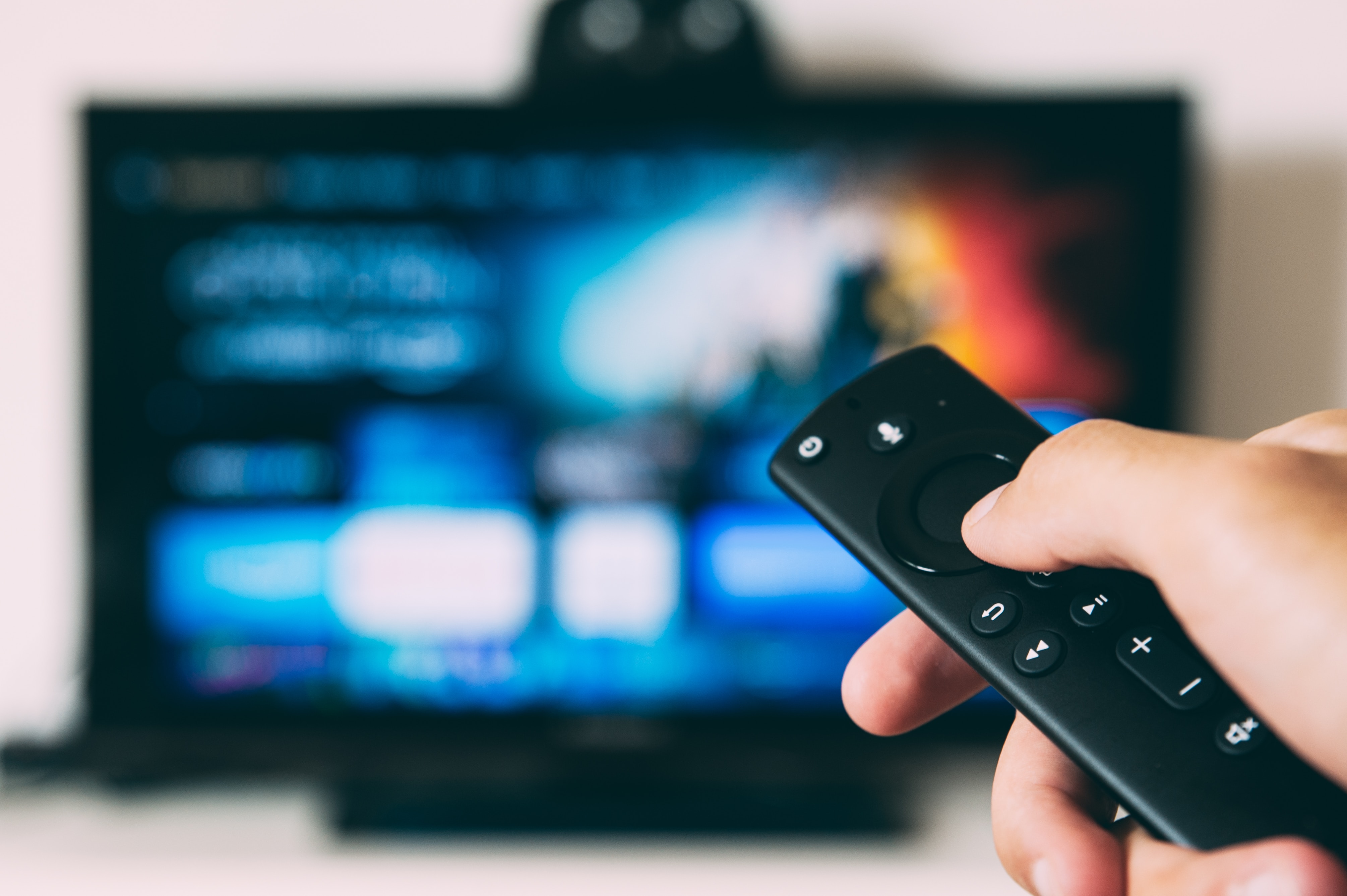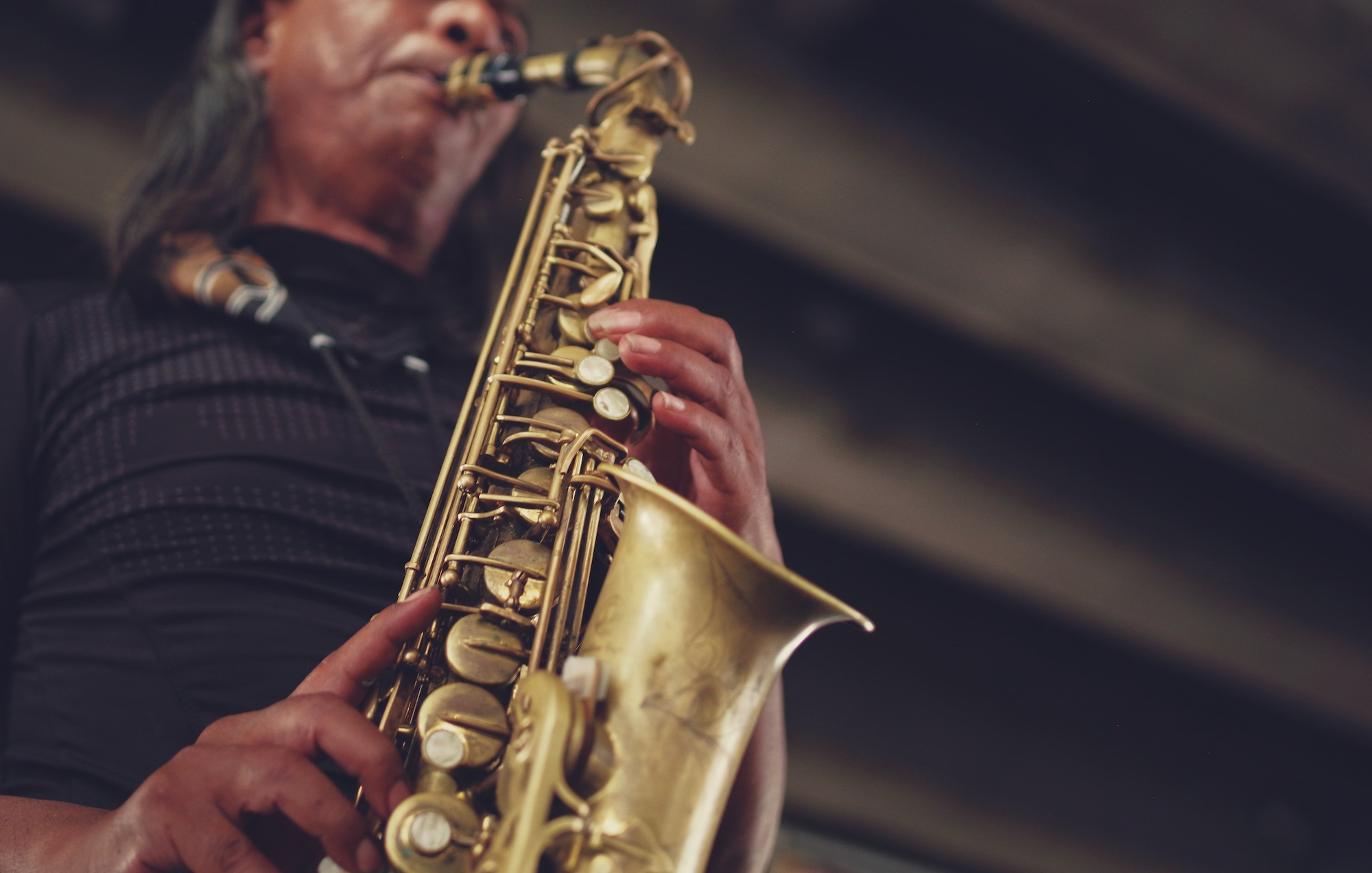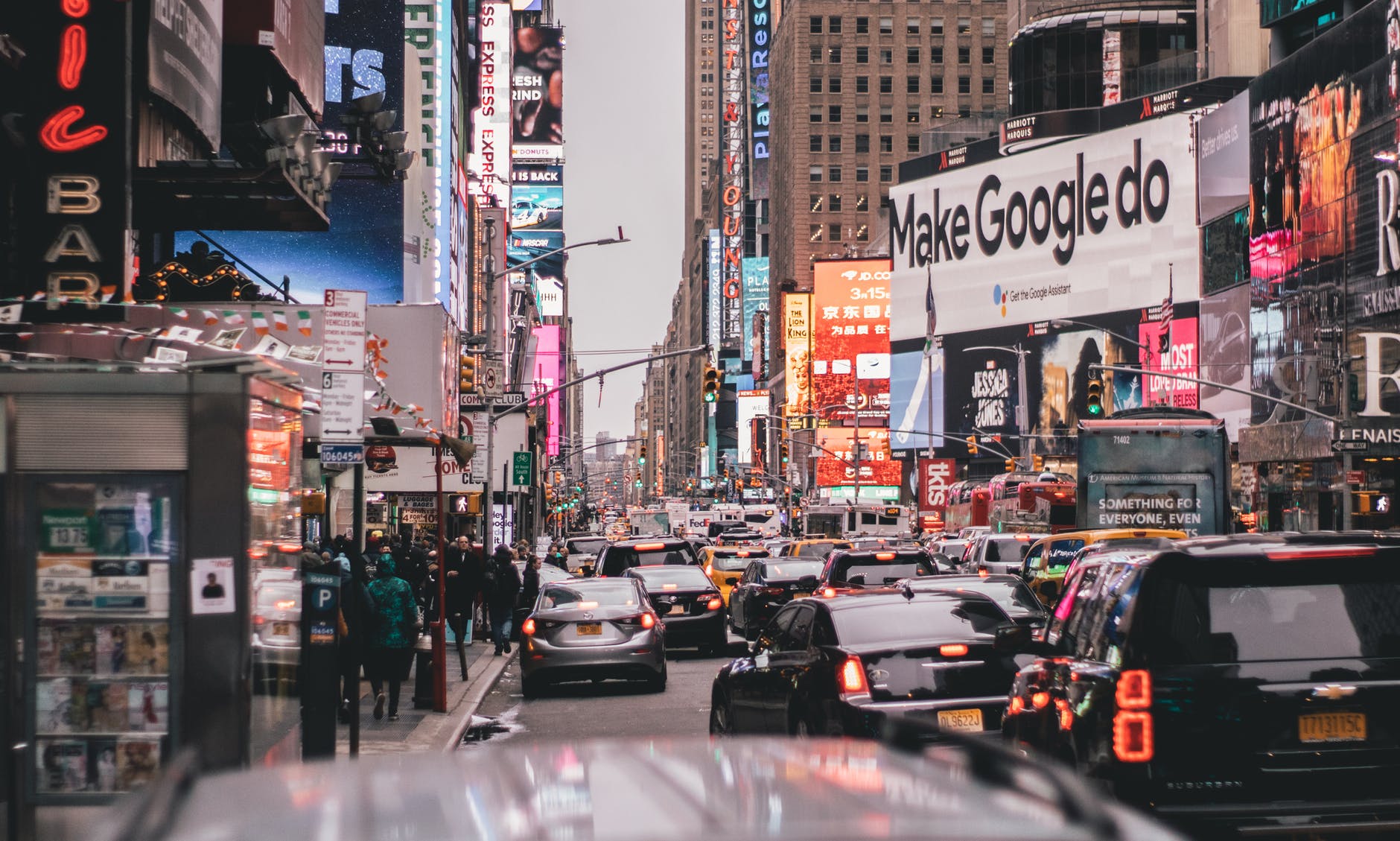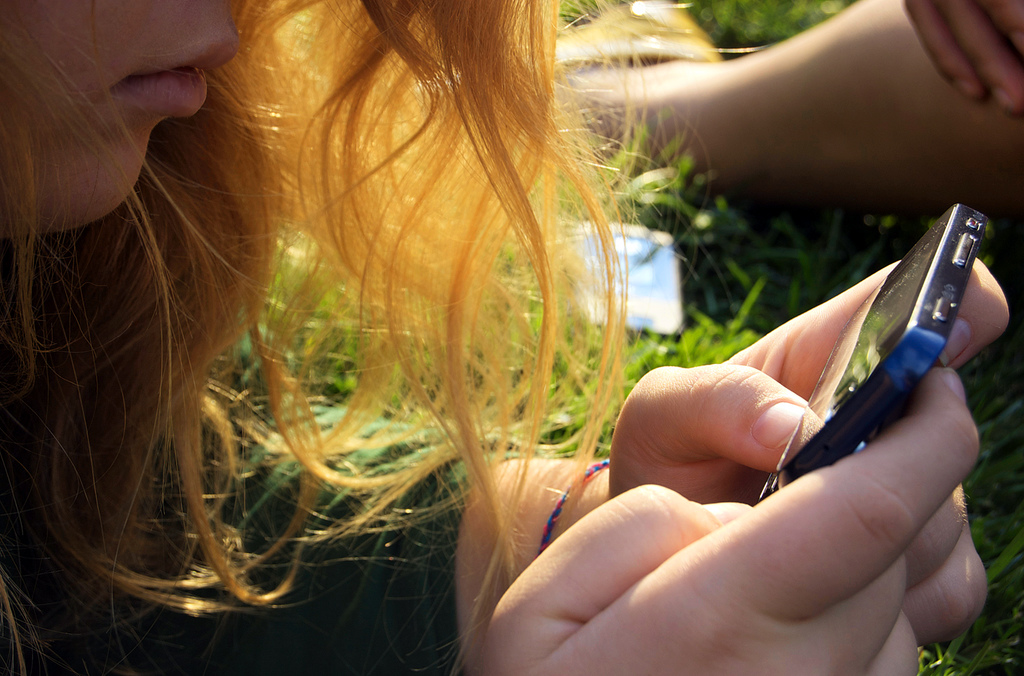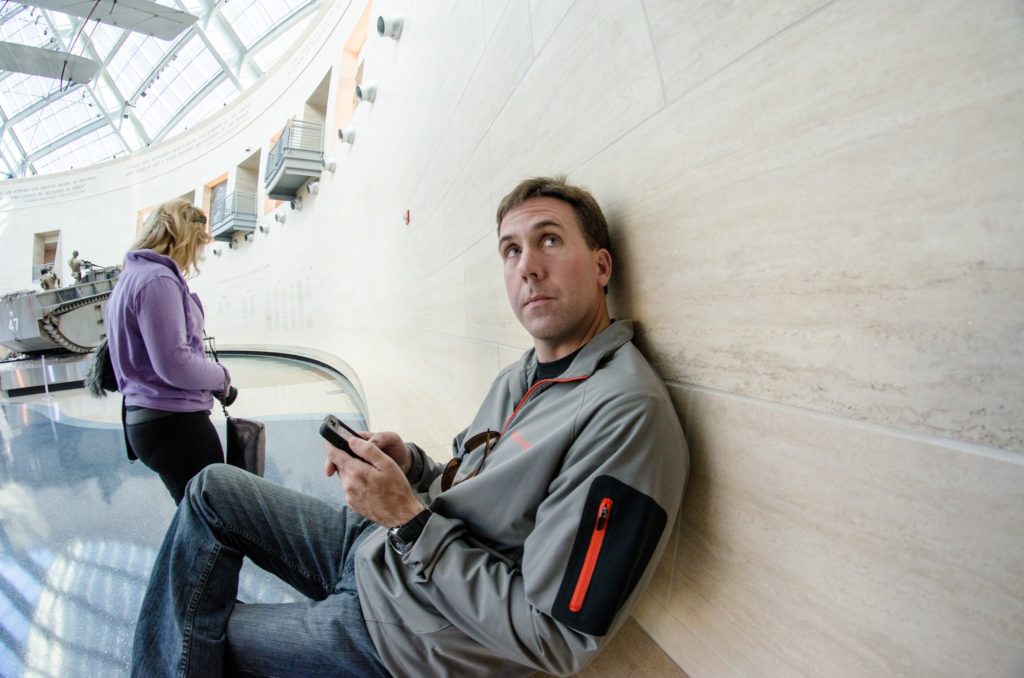What Does It Matter If AI Writes Poetry?
Robots might take our jobs, but they (probably) won’t replace our wordsmiths.
These days, concerns about the slow proliferation of AI-powered workers underly a near-constant, if quiet, discussion about which positions will be lost in the shuffle. According to a report published earlier this year by the Brookings Institution, roughly a quarter of jobs in the United States are at “high risk” of automation. The risk is especially pointed in fields such as food service, production operations, transportation, and administrative support — all sectors that require repetitive work. However, some in creatively-driven disciplines feel that the thoughtful nature of their work protects them from automation.
Journalism, novel-spinning, and poetry all live within the one creative bastion that we believe AI can’t possibly disrupt or infiltrate. And, to be fair, writing bots haven’t exactly proven themselves to be fonts of literary prowess. AI writing tends to live within the absurd and verge on the cringeworthy. Take Harry Potter and What Looked Like a Giant Pile of Ash, a chapter of an unofficial novel written by Botnik Studios’ predictive AI, as an example. The bot writes; “Leathery sheets of rain lashed at Harry’s ghost. Ron was standing there and doing a kind of frenzied tap dance. He saw Harry and immediately began to eat Hermione’s family.”
It’s certainly a memorable passage — both for its utter lack of cohesion and its familiarity. The tone and language almost mimic J.K. Rowling’s style — if J.K. Rowling lost all sense and decided to create cannibalistic characters, that is. Passages like these are both comedic and oddly comforting. They amuse us, reassure us of humans’ literary superiority, and prove to us that our written voices can’t be replaced — not yet.
However, not everything produced by AI is as ludicrous as A Giant Pile of Ash. Some pieces veer on the teetering edge of sophistication. Journalist John A. Tures experimented with the quality of AI-written text for the Observer. His findings? Computers can condense long articles into blurbs well enough, if with errors and the occasional missed point. As Tures described, “It’s like using Google Translate to convert this into a different language, another robot we probably didn’t think about as a robot.” It’s not perfect, he writes, but neither is it entirely off the mark.
Moreover, he notes, some news organizations are already using AI text bots to do low-level reporting. The Washington Post, for example, uses a bot called Heliograf to handle local stories that human reporters might not have the time to cover. Tures notes that these bots are generally effective at writing grammatically-accurate copy quickly, but tend to lose points on understanding the broader context and meaningful nuance within a topic. “They are vulnerable to not understanding satires, spoofs or mistakes,” he writes.
And yet, even with their flaws, this technology is significantly more capable than those who look only at comedic misfires like A Giant Pile of Ash might believe. In an article for the Financial Times, writer Marcus du Sautoy reflects on his experience with AI writing, commenting, “I even employed code to get AI to write 350 words of my current book. No one has yet identified the algorithmically generated passage (which I’m not sure I’m so pleased about, given that I’m hoping, as an author, to be hard to replace).”
Du Sautoy does note that AI struggles to create overarching narratives and often loses track of broader ideas. The technology is far from being able to write a novel — but still, even though he passes off his perturbance at the AI’s ability to fit perfectly within his work as a literal afterthought, the point he makes is essential. AI is coming dangerously close to being able to mimic the appearance of literature, if not the substance.
Take Google’s POEMPORTRAITS as an example. In early spring, engineers working in partnership with Google’s Arts & Culture Lab rolled out an algorithm that could write poetry. The project leaders, Ross Goodwin and Es Devlin, trained an algorithm to write poems by supplying the program with over 25 million words written by 19th-century poets. As Devlin describes in a blog post, “It works a bit like predictive text: it doesn’t copy or rework existing phrases, but uses its training material to build a complex statistical model.”
When users donate a word and a self-portrait, the program overlays an AI-written poem over a colorized, Instagrammable version of their photograph. The poems themselves aren’t half bad on the first read; Devlin’s goes: “This convergence of the unknown hours, arts and splendor of the dark divided spring.”
As Devlin herself puts it, the poetry produced is “Surprisingly poignant, and at other times nonsensical.” The AI-provided poem sounds pretty, but is at best vague, and at worst devoid of meaning altogether. It’s a notable lapse, because poetry, at its heart, is about creating meaning and crafting implication through artful word selection. The turn-of-phrase beauty is essential — but it’s in no way the most important part of writing verse. In this context, AI-provided poetry seems hollow, shallow, and without the depth or meaning that drives literary tradition.
In other words, even beautiful phrases will miss the point if they don’t have a point to begin with.
In his article for the Observer, John A. Tures asked a journalism conference attendee his thoughts on what robots struggle with when it comes to writing. “He pointed out that robots don’t handle literature well,” Tures writes, “covering the facts, and maybe reactions, but not reason. It wouldn’t understand why something matters. Can you imagine a robot trying to figure out why To Kill A Mockingbird matters?”
Robots are going to verge into writing eventually — the forward march is already happening. Prose and poetry aren’t as protected within the creative employment bastion as we think they are; over time, we could see robots taking over roles that journalists used to hold. In our fake-news-dominated social media landscape, bad actors could even weaponize the technology to flood our media feeds and message boards. It’s undoubtedly dangerous — but that’s a risk that’s been talked about before.
Instead, I find myself wondering about the quieter, less immediately impactful risks. I’m worried that when AI writes what we read, our ability to think deeply about ourselves and our society will slowly erode.
Societies and individuals grow only when they are pushed to question themselves; to think, delve into the why behind their literature. We’re taught why To Kill a Mockingbird matters because that process of deep reading and introspection makes us think about ourselves, our communities, and what it means to want to change. In a world where so much of our communication is distilled down into tweet-optimized headlines and blurbs, where we’re not taking the time to read below a headline or first paragraph, these shallow, AI-penned lines are problematic — not because they exist, but because they do not spur thought.
“This convergence of the unknown hours, arts and splendor of the dark divided spring.”
The line sounds beautiful; it even evokes a vague image. Yet, it has no underlying message — although, to be fair, it wasn’t meant to make a point beyond coherency. It isn’t making a point. It’s shallow entertainment under a thin veil of sophistication. It fails at overarching narratives, doesn’t capture nuance, and fails to grasp the heartbeat of human history, empathy, and understanding.
If it doesn’t have that foundation to create a message, what does it have? When we get to a place where AI is writing for us — and be sure, that time will come — are we going to be thinking less? Will there be less depth to our stories, minimal thought inspired by their twists? Will it become an echoing room rather than a path forward? At the very least, will these stories take over our Twitter feeds and Facebook newsfeeds, pulling us away from human-crafted stories that push us to think?
I worry that’s the case. But then again, maybe I’m wrong — maybe reading about how an AI thinks that Ron ate Hermione’s family provides enough dark and hackneyed comedy to reassure our belief that AI will never step beyond its assigned role as a ludicrous word-hacker.
For now, at least.

